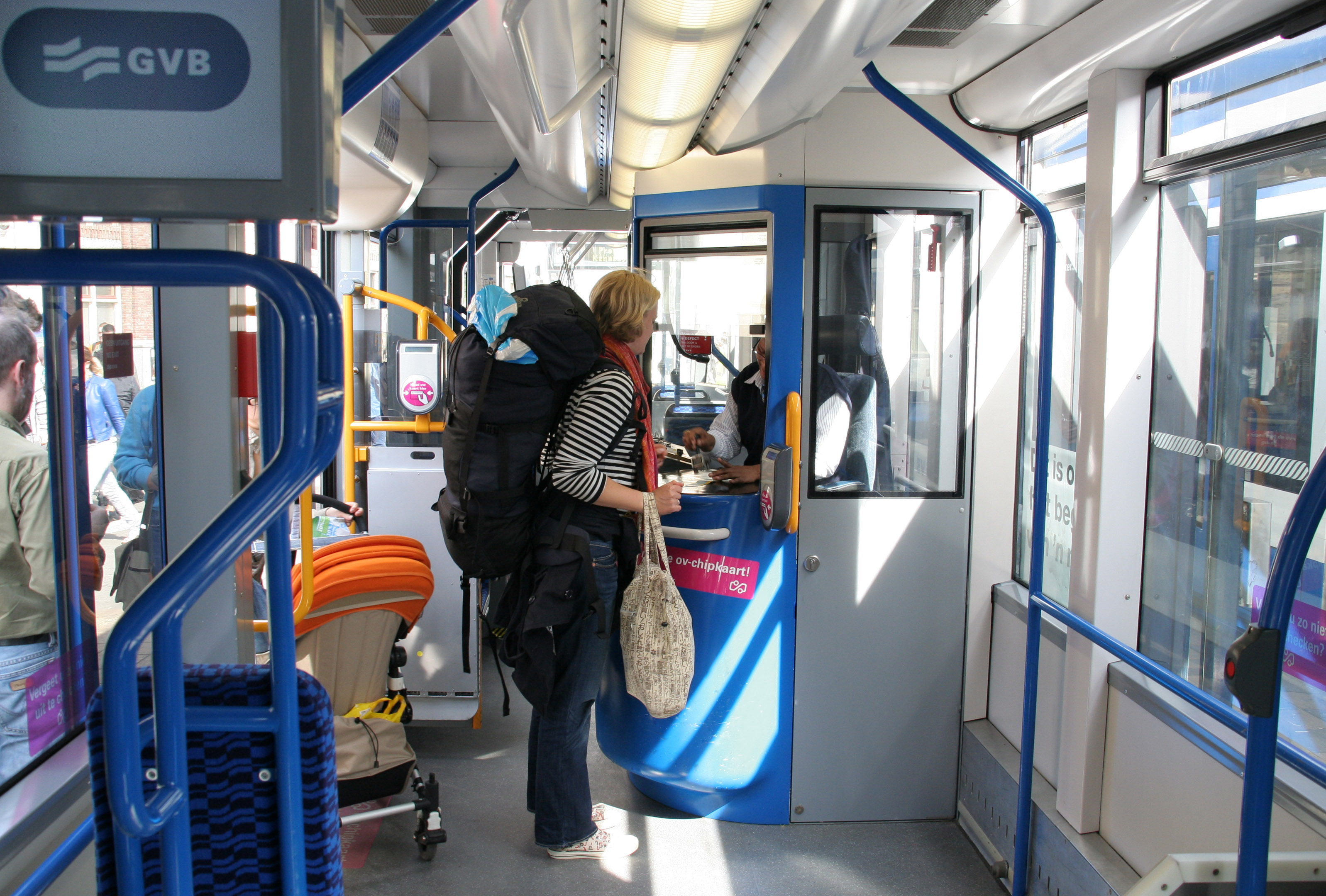W. K. Lis
Superstar
The validators are beside the SRVMs, so they're close, but definately not an arms reach.
You'll pass them as you enter the doors. Another reason not to block the doorways.


The SRVM and/or PRESTO should be close to each other. Can still be moved around and adjusted for height or placement.
Last edited:







